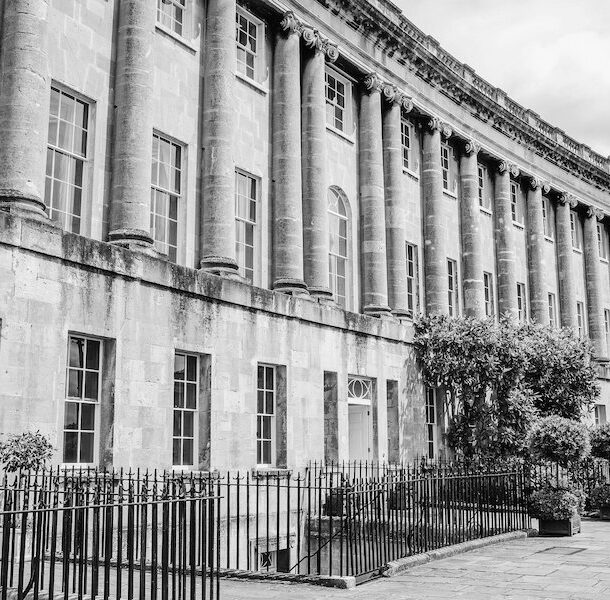

Close

Fighting for Polish Independence from the Rubens at the Palace
Even in the luxurious enclave of the Rubens, high society fêtes had no place during World War II. In the hotel rooms where debutantes had pinned their hair and chosen their jewels before the war, Polish officers debated military strategy and intelligence reports. World War II began when Germany and the Soviet Union conquered and divided Poland in 1939. The government fled, intent on recovering Poland’s independence. Winston Churchill offered the Polish military the Rubens as its headquarters in exile.
General Wladyslaw Sikorski, the Polish Prime Minister and Commander in Chief, embodied his country’s hopes during the war. He led his staff from the Rubens. Sikorski had been a soldier since he was a teenage insurgent fighting for Polish independence from Prussia, Russia, and Austria-Hungary before World War I. Medals for valor and ancient symbols of Poland decorated his uniform. No one could say whether his decades in the military had shaped his commanding character, or if he had thrived in the military because of his ease with power.
Churchill would remain Sikorski’s closest ally throughout the war, but Sikorski courted British politicians of all stripes. He reminded them of Britain’s promises to Poland and his countrymen’s suffering as they sipped tea in the gilded suites of the Rubens. Sikorski’s minuscule army that had escaped before the occupation could not retake Poland. But Sikorski used his men to build a debt of blood. He wanted to guilt the British into fighting for Polish independence, and so he wanted his men at the front lines. Walking through the streets of London during the Blitz, a passerby may have spied a poster of a Polish soldier proudly gripping the wing of an English plane. Sikorski’s propaganda reminded London that Polish pilots fought in the Royal Air Force. Along with Britain’s bravest pilots, they defended London from the Luftwaffe as it tried to bomb the city into submission just as it had Warsaw. Sikorski’s men made up a fifth of the RAF in 1940. Polish pilots took down nine Luftwaffe planes for every man they lost, a rate that the British envied. But the Polish had no reinforcements, and they watched their squadrons dwindle as Germans picked off their comrades.
Sikorski and the Polish government in London also had the loyalty of the largest resistance to Nazi occupation in all of Europe. Over 400,000 Poles joined the underground Polish Home Army to sabotage German supply lines and save more Jewish lives from the Holocaust than any other country. At the Rubens, Sikorski’s staff filtered through the reports from a sophisticated network of spies before passing intelligence on to the British. Polish intelligence aided Allied campaigns as far away as North Africa. Sikorski’s staff may have handled reports from Witold Pilecki, a cavalry officer who willingly entered Auschwitz to gather intelligence on the concentration camp. He revealed Germany’s genocidal vision to the Allies. As the war ground on, the Polish supplied over 40% of all British intelligence from occupied Europe.
Polish interests suffered when the Soviet Union and Britain came together to defeat Germany. The Soviets wanted to keep the territory they had conquered within Poland’s pre-war borders, and Churchill could not let Poland sour the alliance with the Soviets. Sikorski was the only Polish leader who held sway with the Allies. When he died suddenly in 1943, Poland’s hope for a democratic nation with its prewar borders died with him. His death remains one of the great mysteries of World War II. On his return from a trip to North Africa, his plane tumbled into the ocean just moments after take-off. “Now Poland is lost!” cried a Polish officer who watched from the tarmac. No inquest could conclude whether sabotage or an accident was to blame. Today, Sikorski’s memory lives on at the Rubens where a plaque commemorates his work and tragic death.